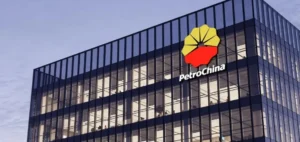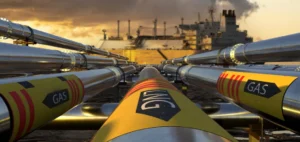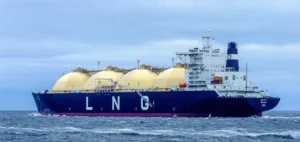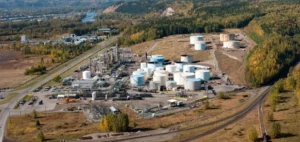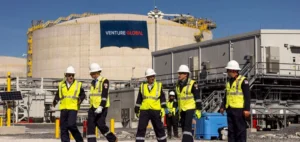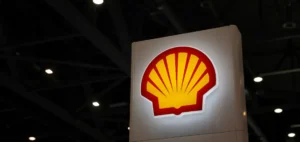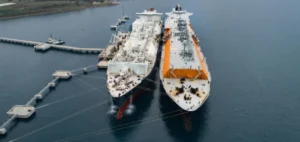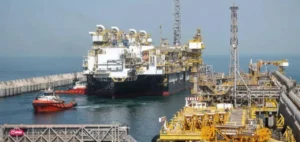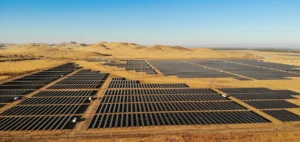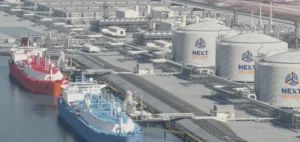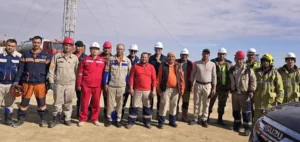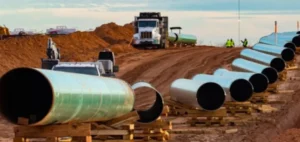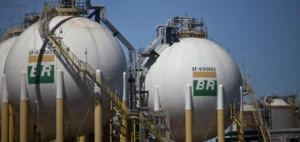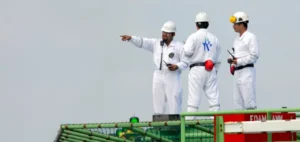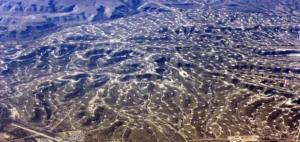Gas consumption in France has fallen by 10.5% since August 1 in climate-adjusted terms, according to the first weekly winter report published by the gas transmission system operator GRTgaz.
Excluding gas consumption used to fuel power plants, the decline observed for all of France was even 17.1% between August 1 and December 11, compared to 2018 taken as the reference period (excluding Covid-19), according to climate-adjusted data.
On a gross basis, the decline in gas consumption in France is 12.4% if we take into account the very mild temperatures in October and November, which delayed the start-up of heating.
The overall decrease is the result of a fall in consumption by customers connected to the distribution networks (-14.1%) and even more so of a lower consumption of gas by large industrial customers connected to the transmission system (-22.1%), according to GRTgaz’s climate-adjusted figures as of December 11.
According to GRTgaz, chemicals (-25%), food processing (-17%), metallurgy (-27%) and the refining/petrochemicals sector, affected by a strike (-33%), are the sectors that have “contributed most” to the drop in industrial consumption since August 1.
This decline, by affecting “all categories of consumers, residential, tertiary and industrial (…), reflects a change in consumer behavior”, according to GRTgaz, which emphasizes “the significant effects” of voluntary sobriety.
But these figures also reveal “probably a sobriety a little suffered because of very important price effects which make that industrialists have lowered their production, or even stopped some sites”, explained to the AFP the general manager of GRTGaz, Thierry Trouvé.
This overall decline should also be seen in relation to the very significant increase (+43.5%) in consumption by gas-fired power plants “which are very much in demand to compensate for the unavailability of nuclear power”, as GRTgaz points out.
For the gas operator, these figures show that “the gas system is playing its full role in ensuring the balance of the French electricity system” which has been under pressure this winter due to the lowest nuclear production in 30 years.
“We have never consumed so much gas to make electricity this year in France,” said Trouvé.
“The last historical high dates back to 2017 with an annual consumption of 54 TWh, a record that we have already exceeded at the beginning of December,” according to Matthieu Morin, strategic mission manager at GRTgaz.
From August 1 to December 11, total gas consumption in France reached 131.3 terawatt hours (TWh).
GRTgaz will publish a weekly dashboard of gas consumption for the winter of 2022-2023 on its website in order to “better appreciate the efforts made by end consumers to reduce their consumption” since the government’s sobriety plan was put in place in October.
The operator will launch a communication campaign around its EcoGaz platform to encourage consumers to save gas in case of orange or red signals.
Since the war in Ukraine, the drying up of Russian gas has pushed Europe to buy gas elsewhere, at a higher price, to fill its stocks and secure its supplies throughout the winter.
On December 11, storage facilities in France remained at a “comfortable” level of 89.8%, even though it will be necessary to remain “vigilant” and “continue efforts to reduce consumption”.
“Lower gas consumption will help us get through the winter,” Trouvé assured.




